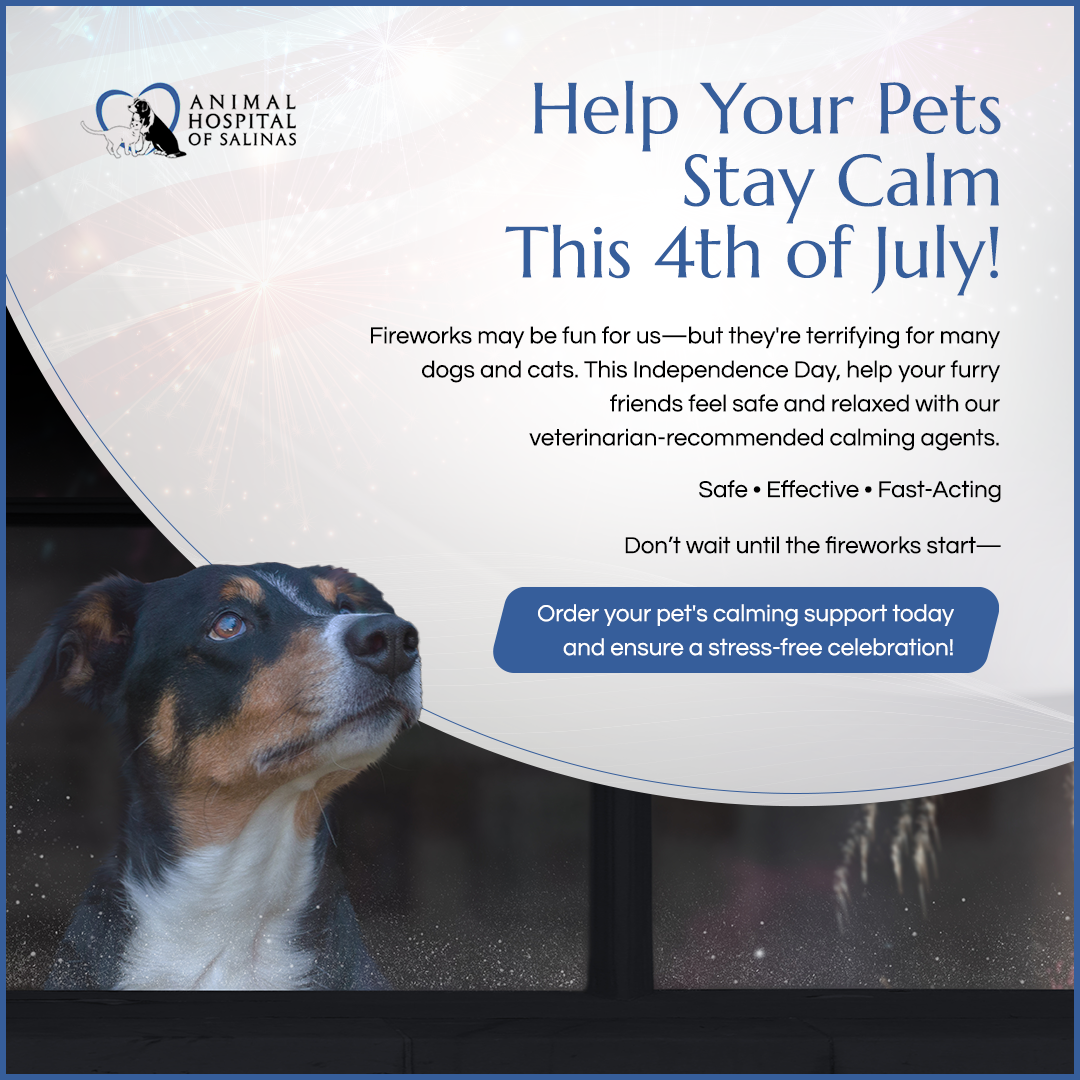
Nutrition Tidbit
Al and I recently attended a couple of nutrition lectures sponsored by Purina and I came away with some helpful tidbits:
1. What is the difference between supermarket brands and pet store brands of food?
I can only answer this question as far as it pertains to Purina as they were the only pet food manufacturer at this talk, but I imagine that the answer correlates fairly well across pet food companies. Their answer is that the source of the ingredients is all the same (as in there is not inferior meat or grain in the less expensive brands), but there are more bells and whistles (ie: essential fatty acids, prebiotics, meat as the first ingredient, glucosamine, increased palatability, increased protein, etc.) added to the premium brands. As our speaker put it, ‘You can drive a Ford Pinto or a Mustang, both will get you to work, but one is a better ride.’
2. Should I feed my cat wet food or dry food?
I’ve always come down on the side of personal preference for this one, but I think that may be changing. Our speaker cited a recent small study that links satiety, the sense of fullness, with water content of food. So wet food may help cats feel fuller and, therefore, help prevent overeating/obesity.
But what about dry food keeping the teeth clean? With the exception of a few specific dental diets, please see the Veterinary Oral Health Council website http://www.vohc.org/accepted_products.htm for a list, it is widely accepted that most dry foods do not appreciably affect plaque buildup.
One more thing, since cats develop food preferences early in life, our speaker recommended feeding kittens their first taste of canned food by 16 weeks of age and then continuing to offer it occasionally, so that the possibility of feeding canned food would be available even if you chose to feed dry food the majority of the time.
3. How to pick a good pet food:
This last one is probably the most controversial as there are so many different and often opposing opinions on what constitutes optimum nutrition. Certainly a good place to start is to get a recommendation from your veterinarian. Here are some other things to look for when you make your decision:
The AAFCO (Association of American Feed Control Officials) Nutrition Statement Pick a food for which the AAFCO nutrition statement indicates that it provides “complete and balanced nutrition” for your animals life stage (growth/pregnancy or adult maintenance) based on “feeding tests/trials”.
Feeding tests/trials indicate that the food has actually been fed to animals as opposed to meeting nutrient profiles which means that a computer has determined the food to be complete, but it has not been fed to animals to be sure it is digestible.
The bag or can has a phone number on it to allow you to contact the food company with questions or concerns.
The company has a veterinary nutritionist on staff.
The food company has been in business for a while and has a good reputation.
I hope you find these tidbits helpful. If you have any pet health questions that have been plaguing you, feel free to comment on the blog and I will see if I can answer them for you.








